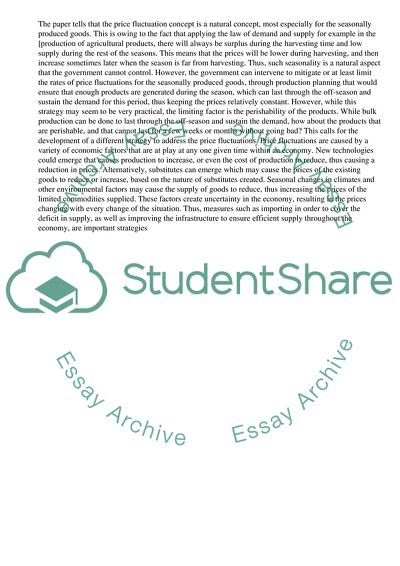Cite this document
(“What actions might be taken by governments to reduce or limit price Essay - 1”, n.d.)
What actions might be taken by governments to reduce or limit price Essay - 1. Retrieved from https://studentshare.org/business/1679990-what-actions-might-be-taken-by-governments-to-reduce-or-limit-price-fluctuations-of-your-commodity
What actions might be taken by governments to reduce or limit price Essay - 1. Retrieved from https://studentshare.org/business/1679990-what-actions-might-be-taken-by-governments-to-reduce-or-limit-price-fluctuations-of-your-commodity
(What Actions Might Be Taken by Governments to Reduce or Limit Price Essay - 1)
What Actions Might Be Taken by Governments to Reduce or Limit Price Essay - 1. https://studentshare.org/business/1679990-what-actions-might-be-taken-by-governments-to-reduce-or-limit-price-fluctuations-of-your-commodity.
What Actions Might Be Taken by Governments to Reduce or Limit Price Essay - 1. https://studentshare.org/business/1679990-what-actions-might-be-taken-by-governments-to-reduce-or-limit-price-fluctuations-of-your-commodity.
“What Actions Might Be Taken by Governments to Reduce or Limit Price Essay - 1”, n.d. https://studentshare.org/business/1679990-what-actions-might-be-taken-by-governments-to-reduce-or-limit-price-fluctuations-of-your-commodity.


